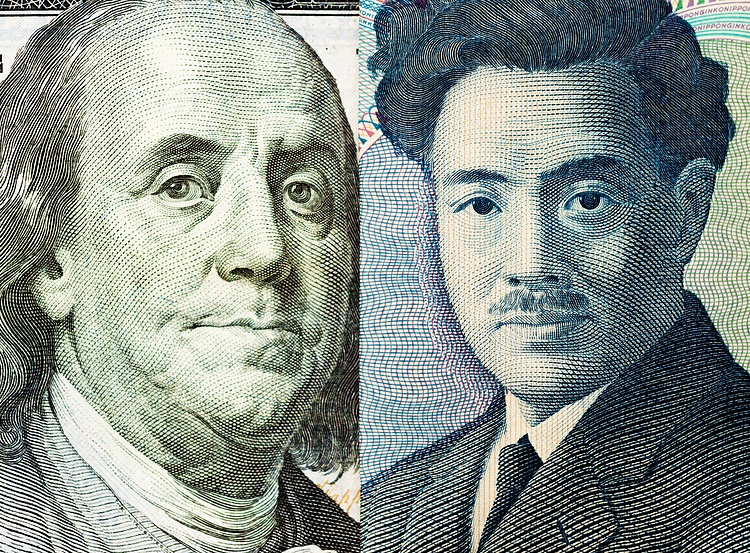The Japanese Yen is facing challenges in attracting buyers amidst uncertainty surrounding future Bank of Japan (BoJ) rate hikes. Real wages in Japan fell in August, raising concerns about the strength of private consumption and economic recovery. Prime Minister Shigeru Ishiba’s comments on monetary policy have added to the uncertainty over BoJ’s rate-hike plans. Additionally, news of a possible ceasefire between Hezbollah and Israel has undermined the safe-haven appeal of the JPY. However, fears of intervention by Japanese authorities to support the currency and subdued demand for the US Dollar are keeping JPY bears at bay.
The USD/JPY pair is experiencing range-bound price action as investors await the release of the September FOMC meeting minutes. Furthermore, upcoming economic data, such as the US Consumer Price Index and the Producer Price Index, will play a significant role in determining the direction of the currency pair. The Japanese government has expressed readiness to monitor rapid currency moves and take action if necessary to protect the economy. Despite some positive sentiment among Japanese manufacturers, concerns about China’s economic recovery and the service sector’s outlook reflect patchy economic conditions in Japan.
From a technical standpoint, the USD/JPY pair is showing signs of a bullish bias, with an upward trend towards the 149.00 mark. The pair has found support above the 148.00 level and is likely to face resistance near the 148.70 zone. Oscillators on the daily chart indicate positive momentum, supporting the upside potential for the currency pair. However, a break below the 147.00 level could shift the bias in favor of bearish traders, potentially leading to a decline towards the 146.00 region. Overall, the outlook for the USD/JPY pair remains dependent on key economic data releases and market sentiment.
The Japanese Yen’s value is influenced by various factors, including the performance of the Japanese economy, the Bank of Japan’s policies, and risk sentiment among traders. The BoJ’s interventions in currency markets, aimed at controlling the value of the Yen, have had an impact on its value against other currencies. The policy divergence between the BoJ and other central banks, particularly the US Federal Reserve, has played a role in determining the exchange rate between the Yen and the US Dollar. The Yen is often considered a safe-haven investment, making it attractive during times of market stress when investors seek stability.
In conclusion, the Japanese Yen’s performance remains uncertain amid ongoing economic challenges and geopolitical tensions. The upcoming release of key economic data and central bank minutes will provide further insights into the future direction of the currency pair. While technical indicators suggest a bullish bias for the USD/JPY pair, the market sentiment and external factors will continue to play a crucial role in determining the Yen’s value in the coming days. Investors will closely monitor developments in Japan’s economy, monetary policy decisions, and global geopolitical events to assess the potential opportunities and risks associated with trading the Japanese Yen.











